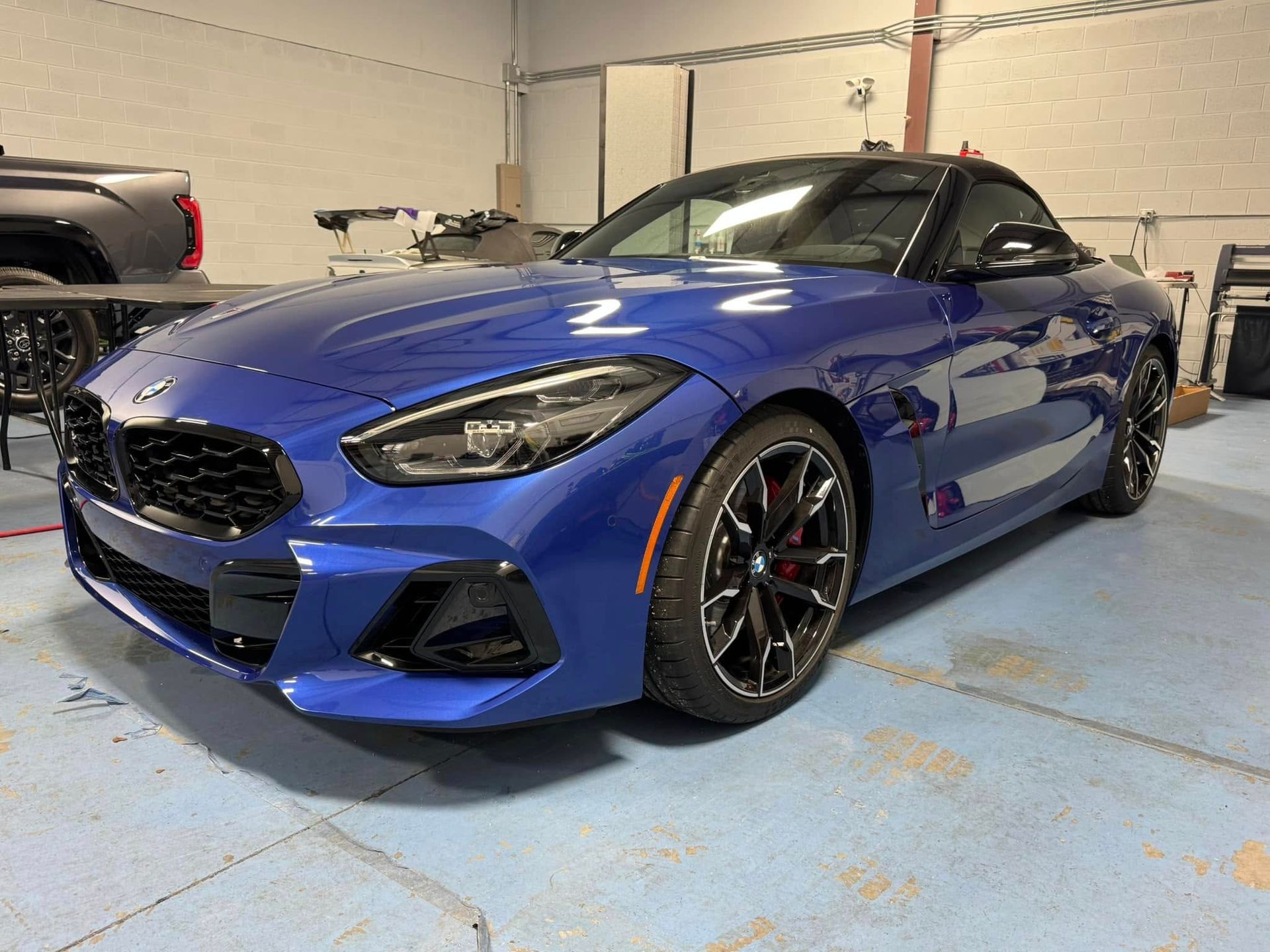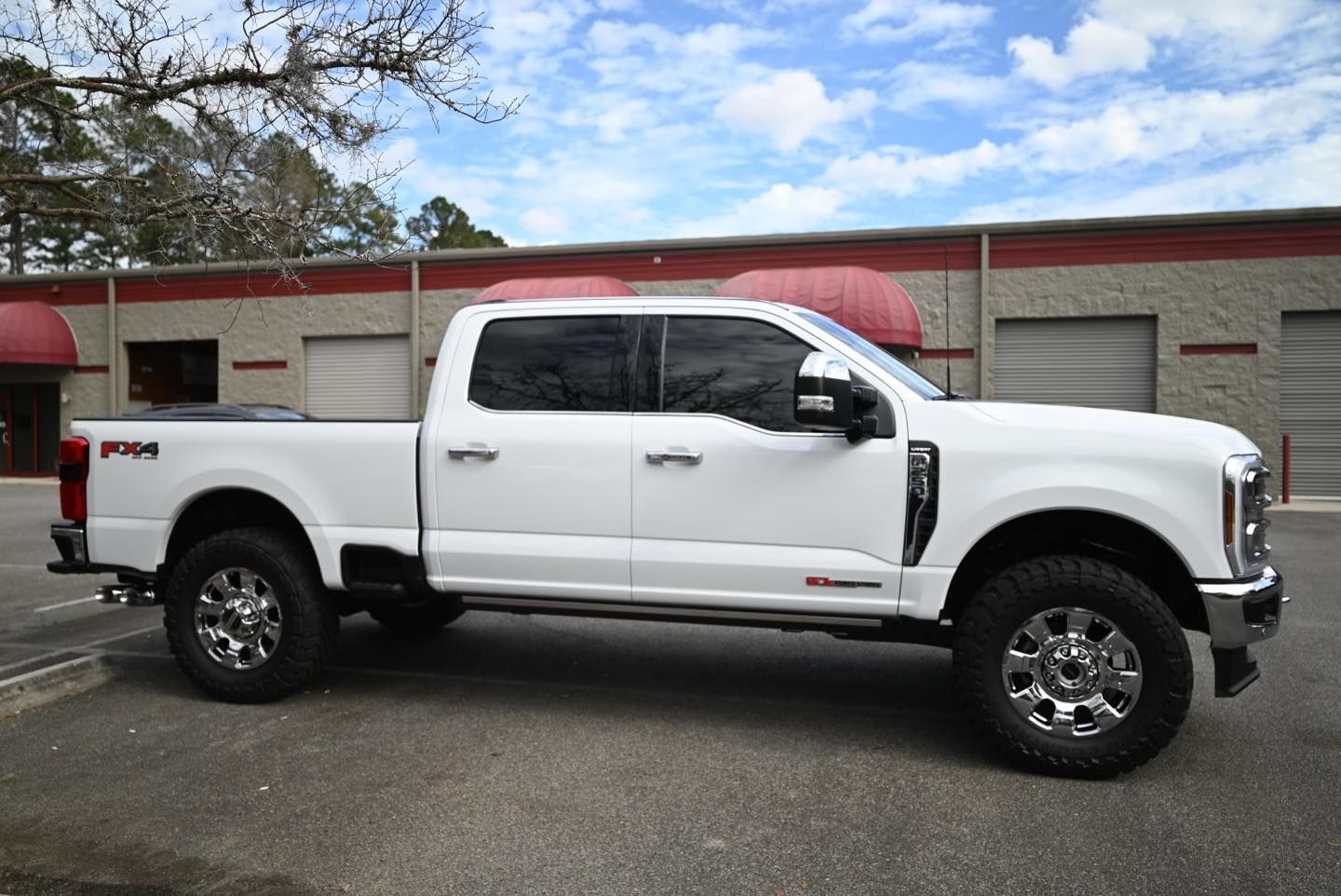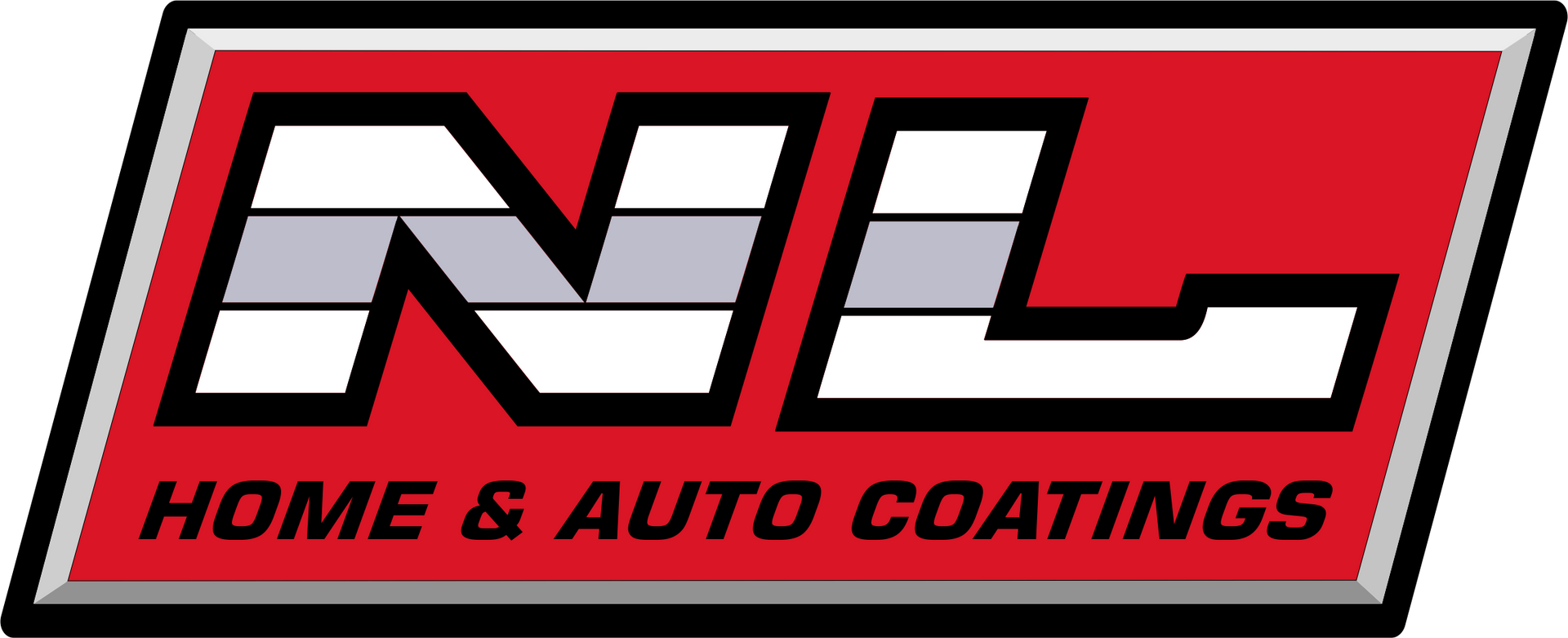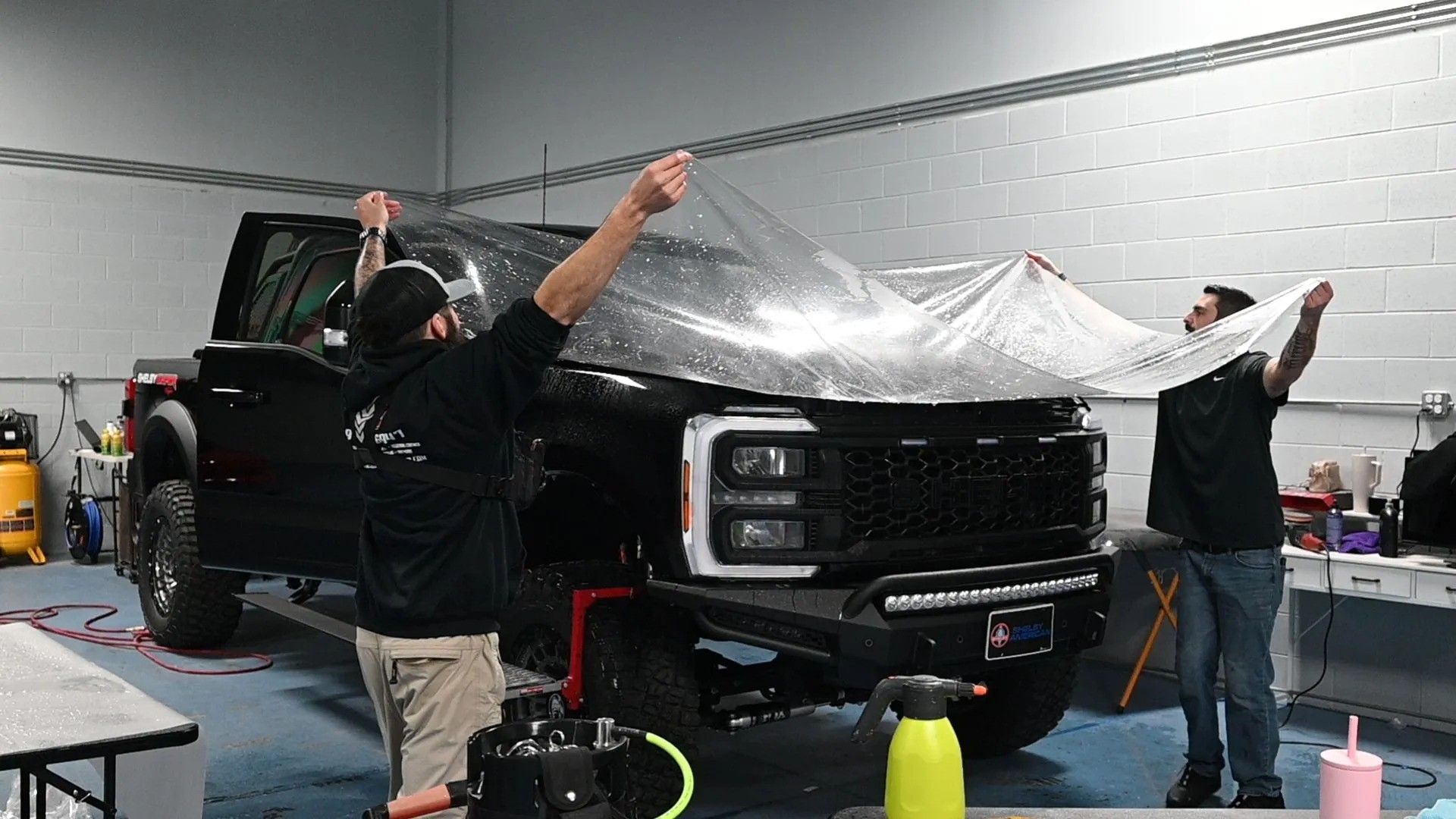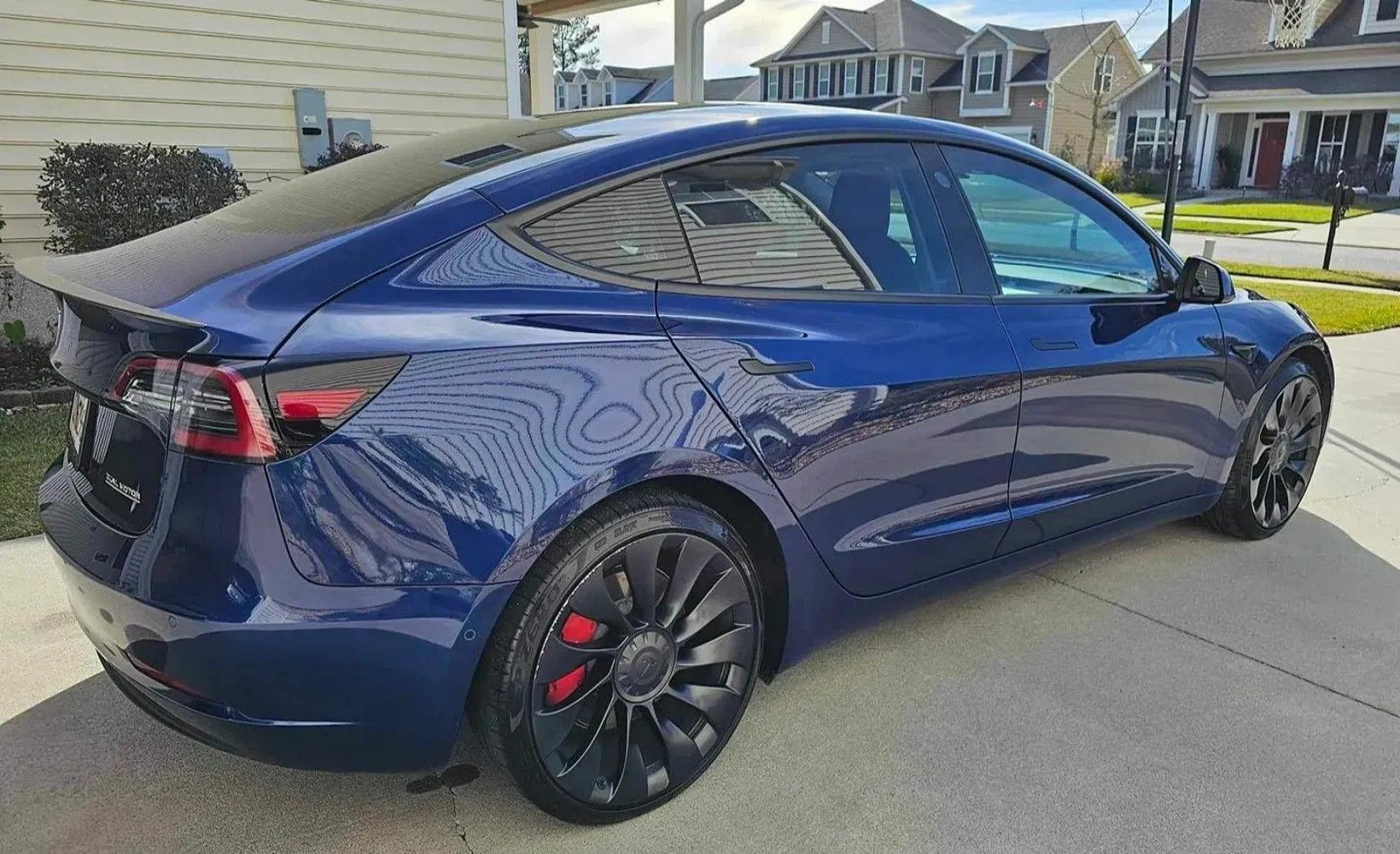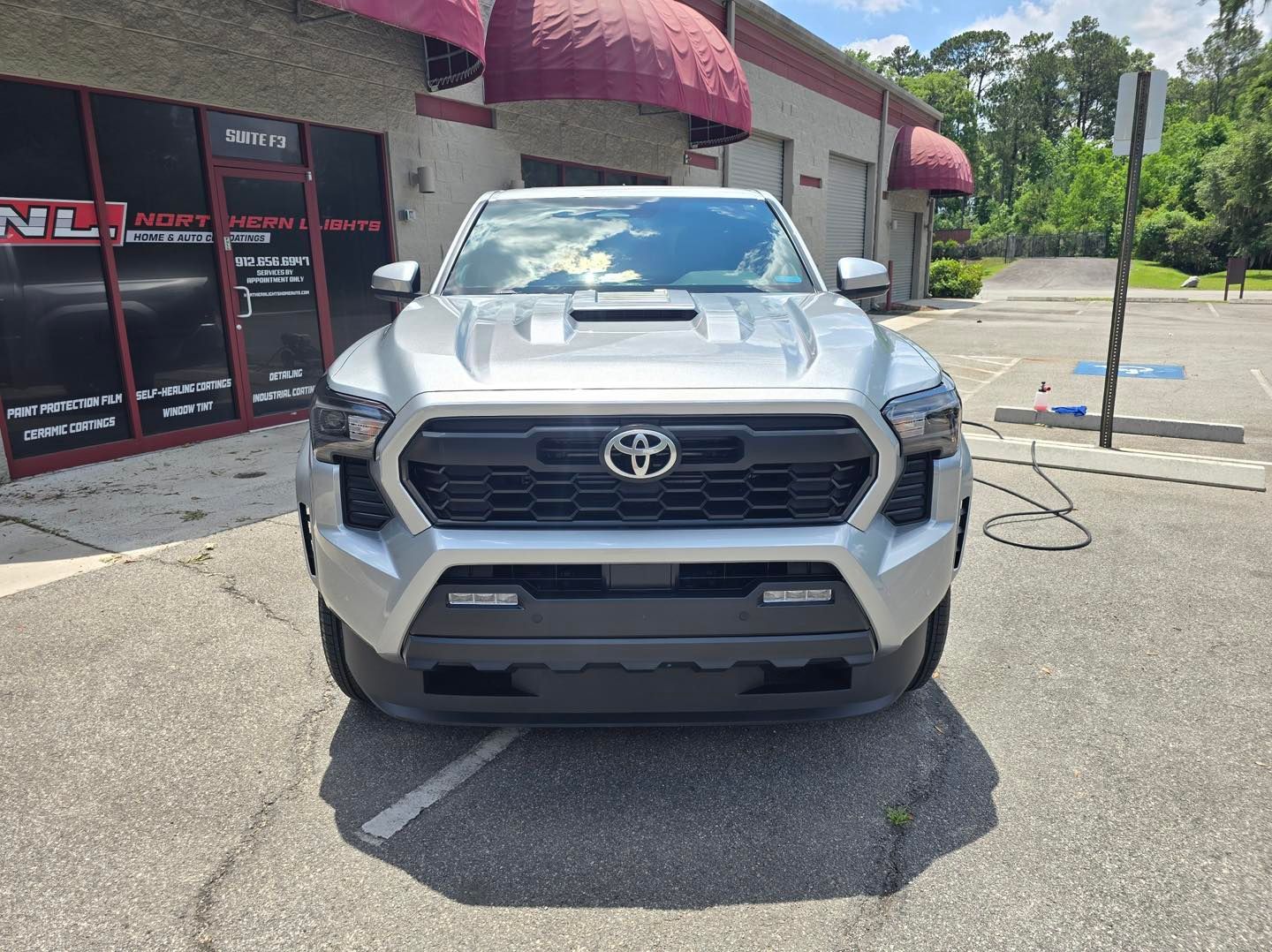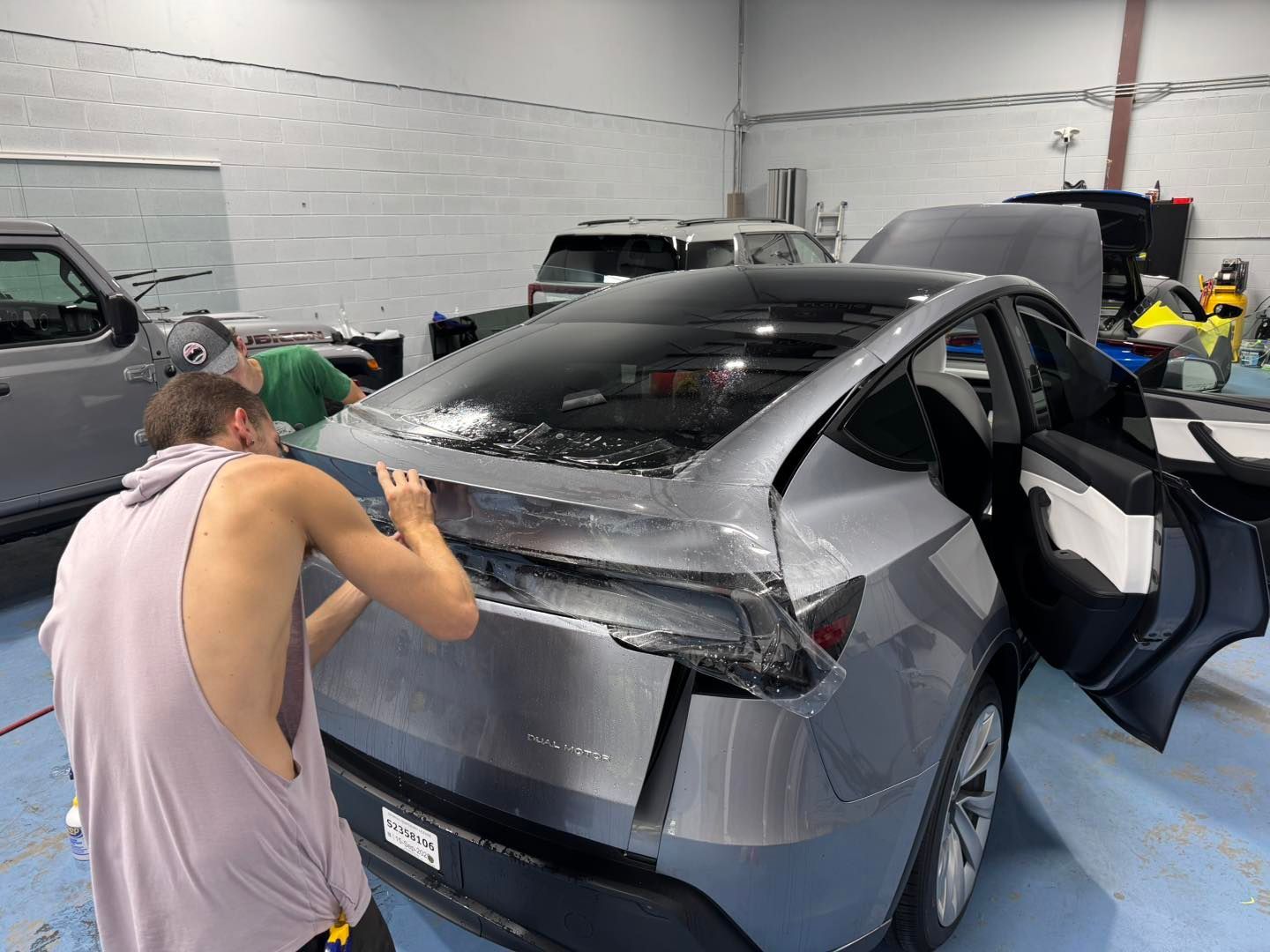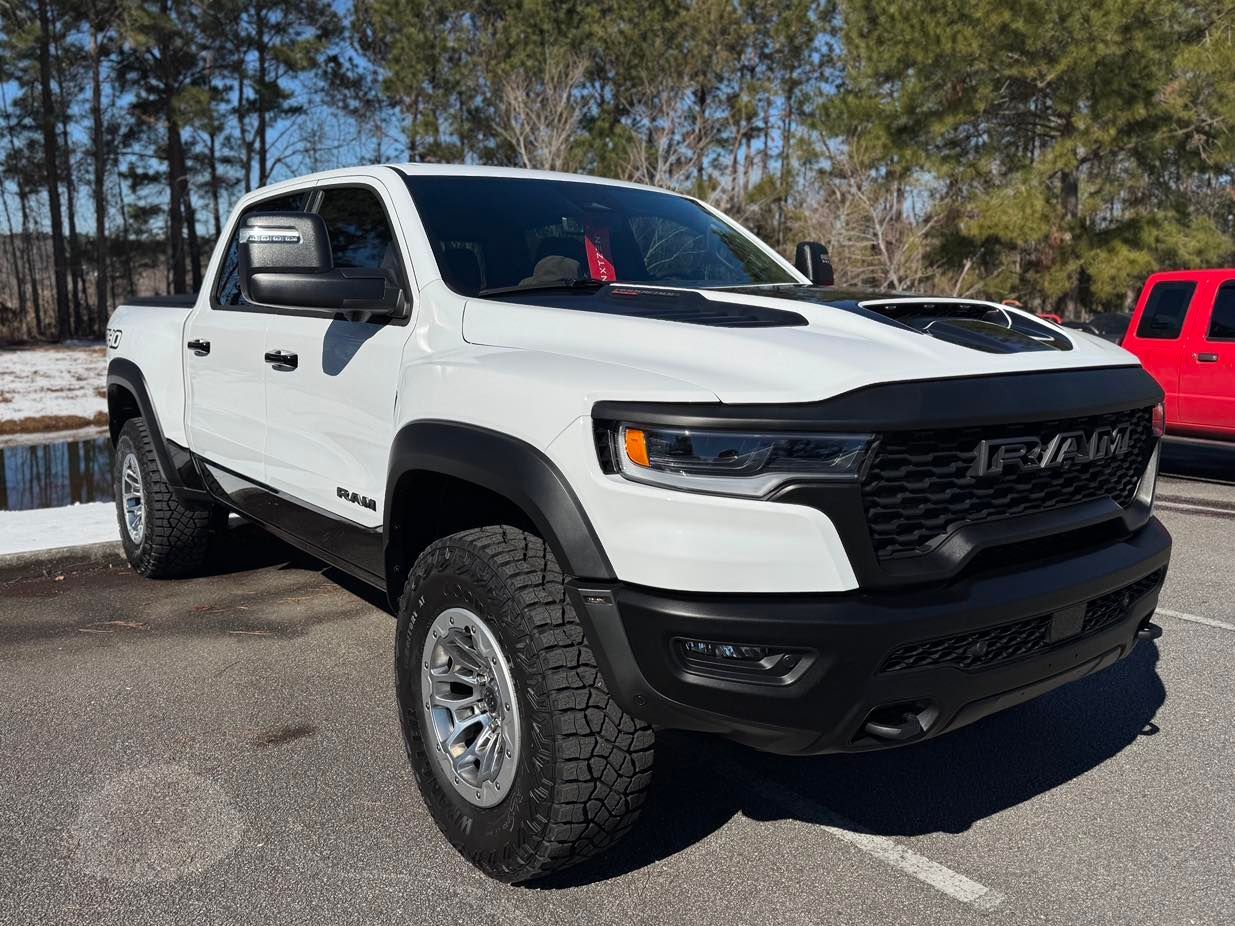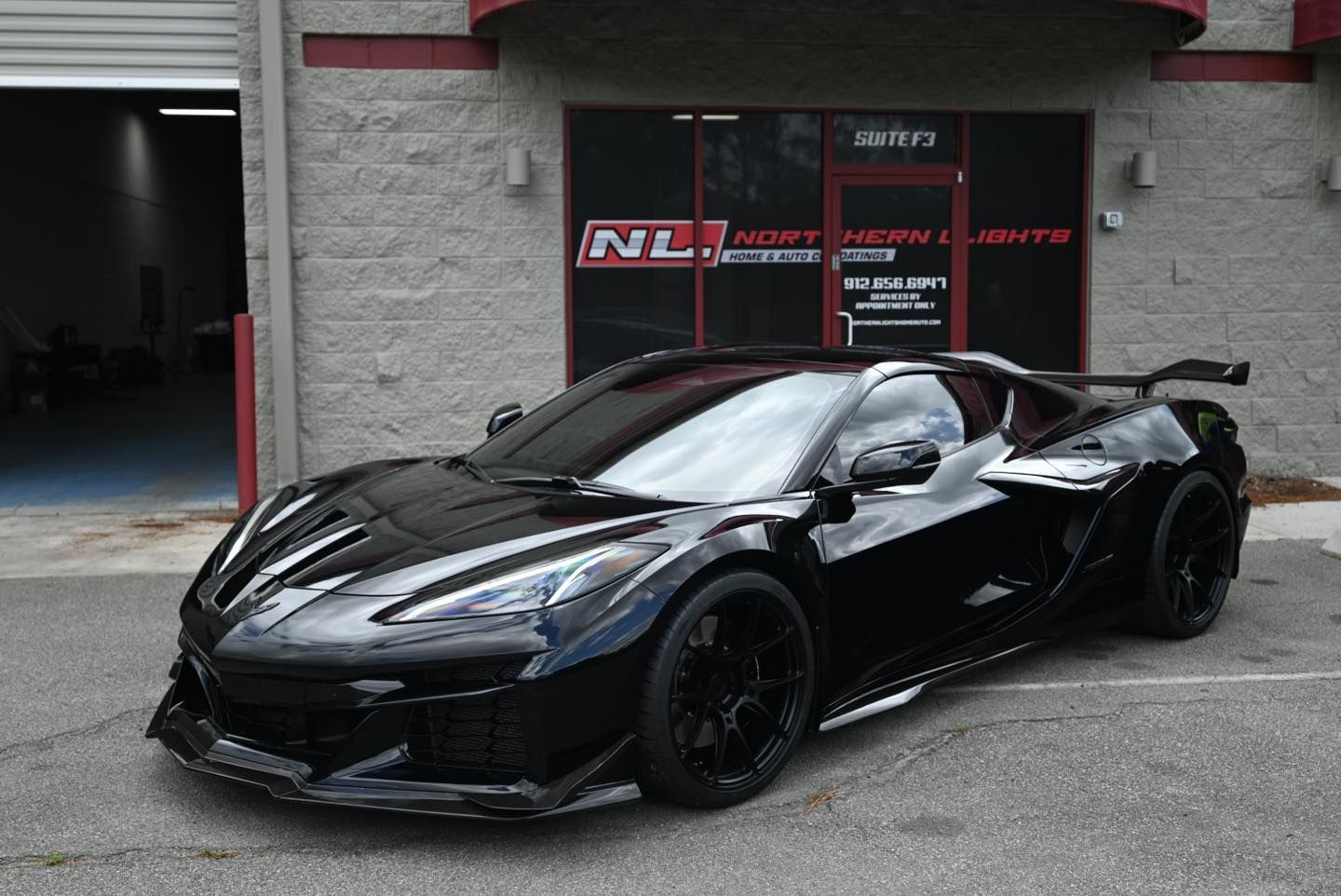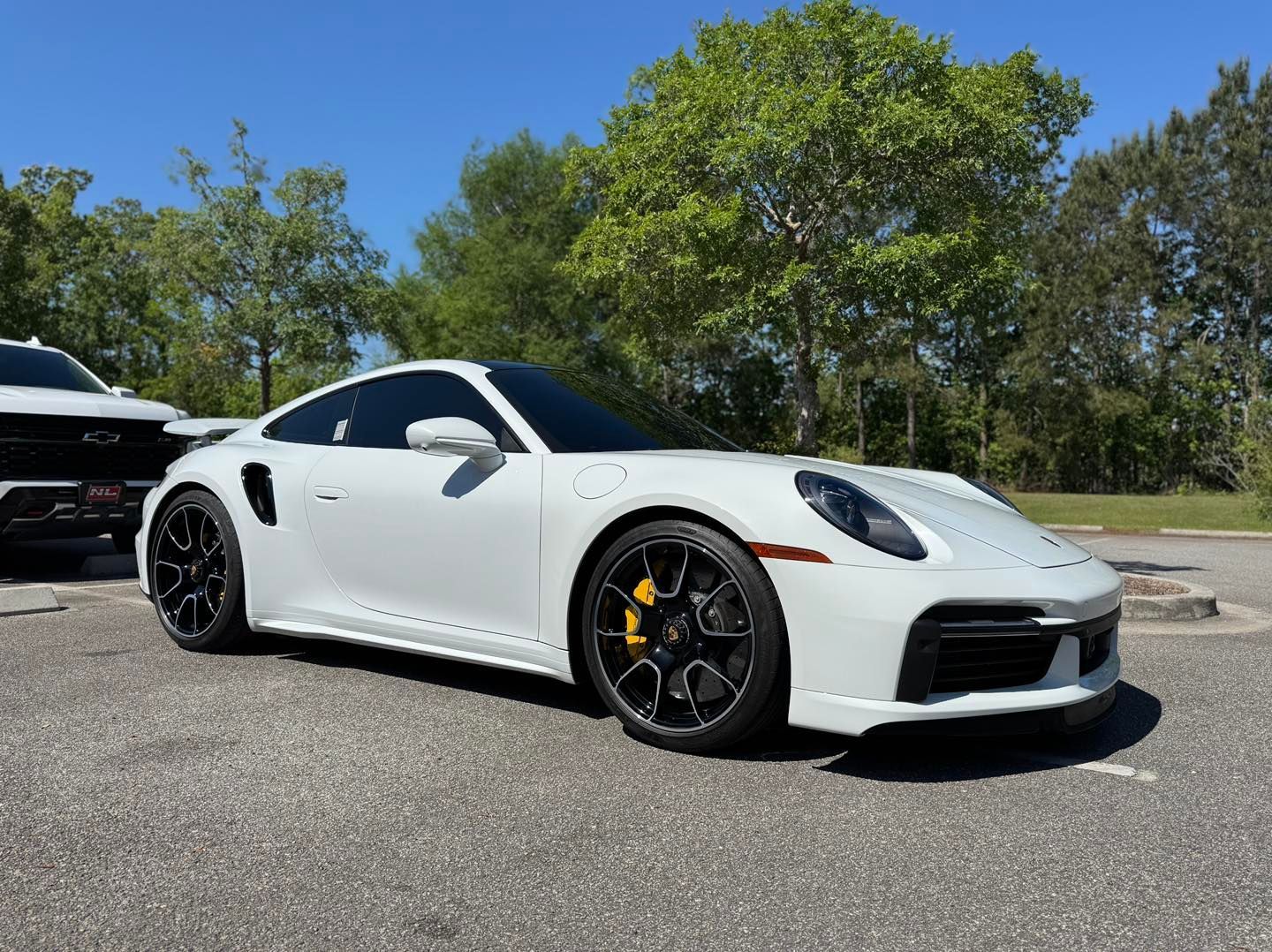Ceramic Coating vs. Traditional Wax: Which Provides Better Car Paint Protection?
When it comes to guarding your car's paint, ceramic coating trumps traditional wax. Ceramic coatings form a strong, semi-permanent bond with the vehicle's paint, offering long-term protection against environmental damage and enhancing gloss. On the other hand, traditional wax provides temporary protection and requires frequent reapplication, making it more suitable for short-term benefits. While both options offer protective qualities, ceramic coatings outlast traditional waxes and provide superior resistance to UV rays, acid rain, and chemical stains. In this blog post, we will discuss the differences between ceramic coating and traditional wax!
Introduction to Ceramic Coating and Traditional Wax
When it comes to car paint protection, understanding the characteristics and application of ceramic coating and traditional wax is crucial for making an informed decision. Ceramic coating is a liquid polymer that creates a protective layer on the car's exterior, bonding with the factory paint. This results in durable, long-term protection against environmental elements like UV rays, acid rain, and other forms of damage. The chemical bonding aspect of ceramic coatings sets them apart from traditional wax, providing a higher level of protection and durability.
On the other hand, traditional wax serves as a sacrificial barrier between the car's paint and environmental contaminants. It is a malleable solid that can be manually applied to the surface. However, unlike ceramic coatings, wax requires more frequent reapplication to maintain its protective properties.
Ceramic coatings offer enhanced gloss and hydrophobic properties while simplifying the cleaning and maintenance process. Once applied correctly, they create a glossy, water-repellent surface that stays cleaner for longer periods of time, reducing the need for frequent washing and preventing damage caused by environmental elements.
Furthermore, traditional wax may provide initial shine and water beading but lacks the long-lasting durability offered by ceramic coatings. The repeated application of wax also presents challenges in terms of time and effort required for maintenance.
The differences in application methods, durability, and protective capabilities between ceramic coating and traditional wax demonstrate how technology in car care has evolved over time.
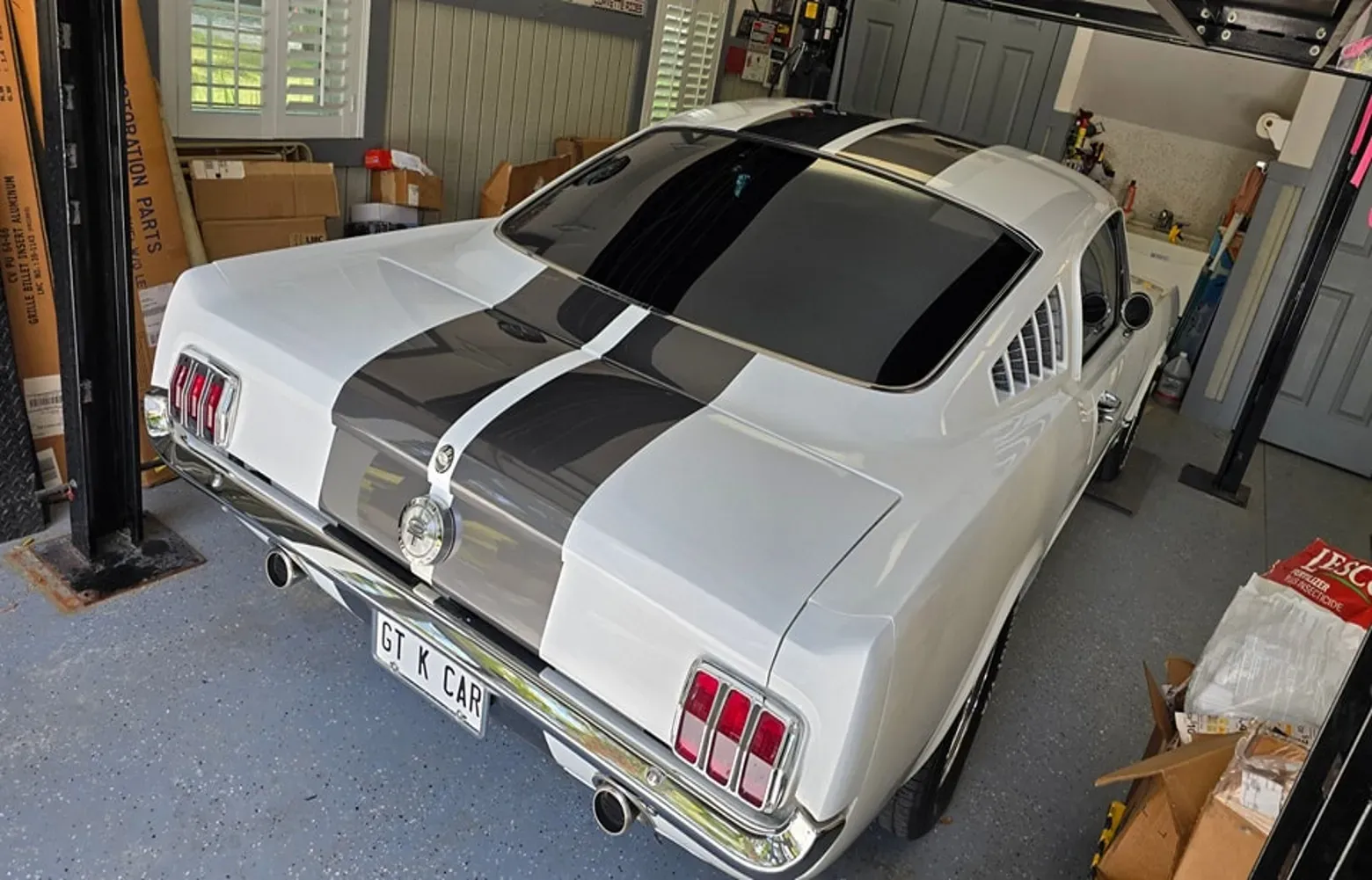
Differences in Surface Application and Longevity
Ceramic coatings and traditional waxes differ significantly in how they adhere to a car's surface and the level of protection they offer. Ceramic coatings form a strong chemical bond with the paint, creating a durable protective layer that is highly resistant to water, UV rays, and environmental pollutants. This superior bonding capability allows for extended protection, with some ceramic coatings offering up to several years of effective coverage.
On the other hand, traditional wax operates differently. Instead of chemically bonding with the paint, traditional wax sits atop the surface without forming a lasting connection. This difference results in a shorter span of protection, necessitating reapplication every 4-6 weeks to maintain effectiveness. The need for frequent reapplication makes traditional wax less convenient than ceramic coatings for long-term car care.
The frequency of reapplication highlights another key distinction between ceramic coatings and traditional waxes. With ceramic coatings potentially providing years of protection with minimal maintenance, they appeal to car owners seeking long-term solutions that reduce the hassle of repeated treatments. On the other hand, traditional waxes require regular upkeep, demanding more time and effort to sustain effective paint protection.
It's important to note that while traditional wax has been a staple in car care for many years, its limitations in terms of durability and longevity become evident when compared to the advanced technology employed in modern ceramic coatings.
When we compare these differences, it becomes clear that the choice between ceramic coating and traditional wax extends beyond longevity; it also encompasses convenience, efficiency, and overall effectiveness in maintaining a vehicle's appearance and structural integrity over time.
Protection Efficiency: Ceramic Coating vs. Traditional Wax
When it comes to safeguarding your car's exterior, both ceramic coatings and traditional waxes offer distinct levels of defense against the elements. To determine which option is best for you, it's crucial to assess their real-world performance.
Ceramic Coating: Long-lasting Shield
Ceramic coatings act as a robust barrier for your car paint, providing resilience against threats like UV rays, oxidation, chemical stains, bird droppings, and tree sap. Unlike traditional waxes that require frequent reapplications, ceramic coatings can offer long-lasting protection, with some formulations lasting up to 10 years with proper maintenance. This longevity translates to peace of mind for car owners who desire an enduring shield against the damaging effects of various environmental pollutants.
Traditional Wax: Temporary Protection
On the other hand, traditional wax provides a temporary layer of protection that requires frequent reapplication to maintain its efficacy. While wax provides a glossy finish and some protection against minor environmental elements, it falls short when compared to ceramic coatings in terms of durability.
Picture wax as a thin armor that needs regular polishing and reinforcement to stand up against potential threats. It demands consistent upkeep to uphold its protective qualities, making it less efficient in safeguarding your car's exterior surfaces from severe climate conditions and contaminants like acidic bird droppings or corrosive tree sap.
When evaluating the protection efficiency of ceramic coatings versus traditional wax, it becomes clear that ceramic coatings offer a superior, long-lasting shield against a wide range of environmental hazards, ensuring prolonged preservation of your vehicle's aesthetics and structural integrity.
Comparative Costs: Ceramic Coating and Traditional Wax
When comparing ceramic coating and traditional wax in terms of cost, a few essential factors come into play. The initial cost of applying a ceramic coating is higher than that of traditional wax. This can be attributed to the advanced technology and longevity of ceramic coatings. On the other hand, traditional wax has a lower upfront cost but requires more frequent reapplication, resulting in higher long-term costs. Therefore, while the investment in ceramic coating may seem steep at first, its durability means that it pays off over time.
Imagine having two cars, one with traditional wax protection and another with a ceramic coating. After three years, the car with traditional wax will likely have gone through multiple reapplications, while the car with ceramic coating will still benefit from its original application. In this scenario, the total cost of maintaining the car protected with a ceramic coating over three years might actually be lower when factoring in the expenses related to frequent reapplications for the other car.
Furthermore, let's delve into a detailed breakdown of costs. A quality ceramic coating can last up to 10 years, reducing the need for yearly applications common with traditional wax. While traditional wax may initially seem more cost-effective in terms of product prices alone when you calculate the frequency of reapplication required to maintain consistent protection and shine, its overall cost increases significantly over time.
It's also important to factor in associated labor costs. Applying traditional wax can often take longer due to its manual application process and more frequent reapplication requirements. Conversely, once a professional installs a ceramic coating, ongoing, regular maintenance apart from routine washing is not needed.
Accordingly, when comparing the financial aspects of both options, consider the long-term durability and protection offered by ceramic coatings versus the recurring maintenance demands and associated labor costs of traditional wax.
In summary, while ceramic coating requires a higher initial investment, its long-lasting nature and reduced need for maintenance applications make it a financially viable option in the long run when compared to traditional wax. It's important to remember that the total cost should factor in not only product prices but also the reapplication needs and labor costs involved.
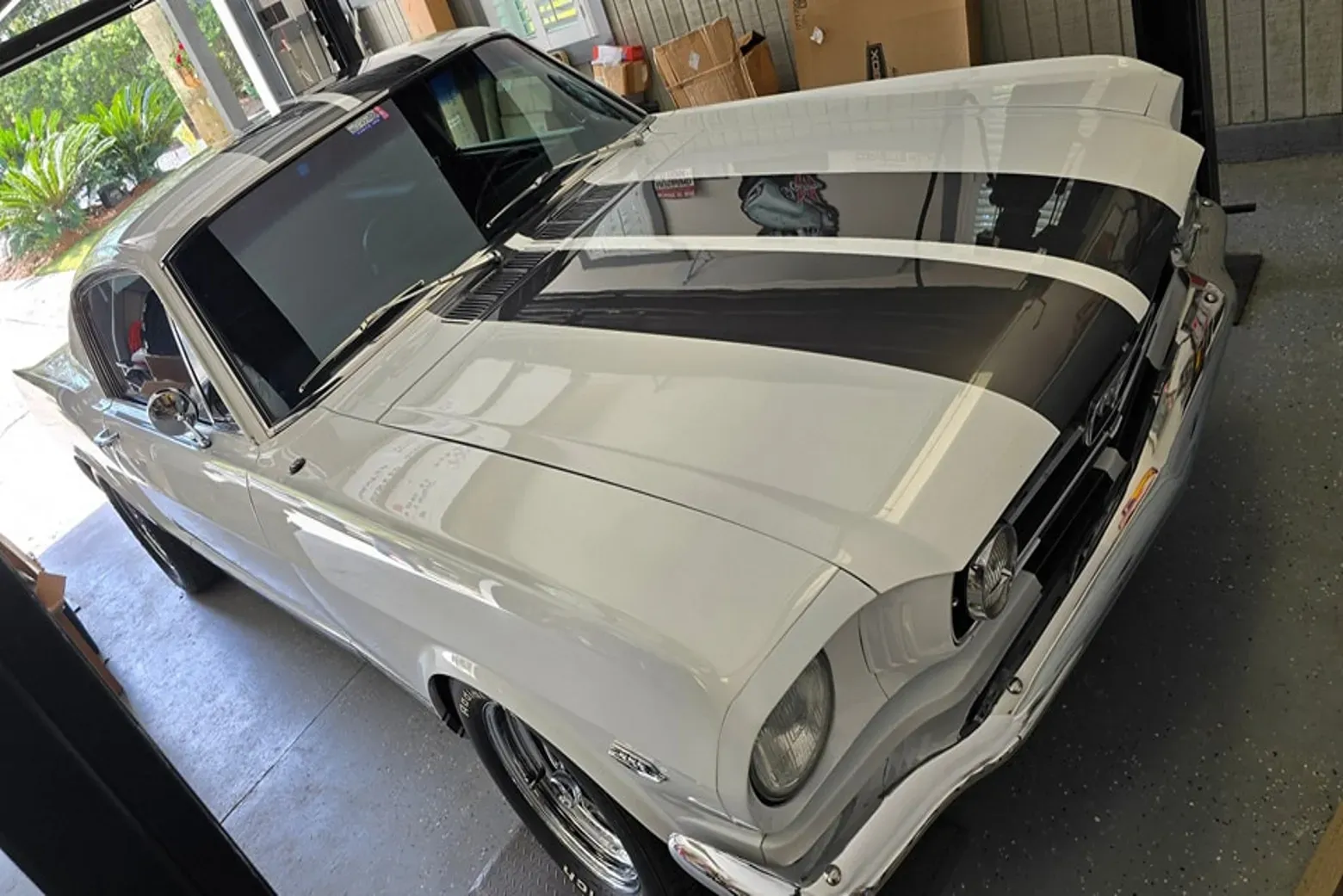
Benefits: Ceramic Coating vs. Traditional Wax
When it comes to protecting your car's paint, both ceramic coatings and traditional waxes offer different benefits. Let's break down the advantages of ceramic coating and wax and see how they measure up against each other.
Increased Gloss and Hydrophobic Properties
Ceramic coatings are renowned for providing enhanced gloss and hydrophobic properties, meaning they repel water and liquids efficiently. This not only gives your car a shiny finish but also makes it easier to clean, as dirt and water are less likely to stick to the surface. With ceramic coatings, maintenance becomes less of a hassle — the dirt slides off easily, keeping your car looking sleek for longer periods of time. In contrast, traditional waxes do offer a glossy finish with a warm glow, but they lack the same level of hydrophobic properties.
Longevity and Preservation
Another key benefit of ceramic coatings is their contribution to the preservation and longevity of your car's paint. They create a protective layer over the paint that lasts for several years, reducing the need for frequent detailing and reapplications. This means less effort is required to maintain the appearance of your car over time, making it a convenient choice for those who prioritize long-term protection. On the other hand, while traditional wax provides a beautiful shine to your car's exterior, it needs regular reapplication to maintain its protective qualities. This means spending more time and effort on maintaining the appearance than if you were using a ceramic coating.
The benefits of both ceramic coating and traditional wax are clear indicators of their distinct advantages in terms of car paint protection. Understanding these benefits can help you make an informed decision regarding which option aligns best with your priorities for maintaining your vehicle's exterior.
Maintenance: Ceramic Coating vs. Traditional Wax
When it comes to maintaining the glossy, pristine look of your car, the type of protection you choose can make a significant difference. Ceramic coatings, known for their long-lasting durability and hydrophobic properties, generally require minimal maintenance due to their ability to repel dirt and water spots efficiently. In many cases, they also exhibit self-cleaning properties, making it easier to keep your car looking clean and shiny.
The hydrophobic nature of ceramic coatings means that water beads up and rolls right off the surface, minimizing the accumulation of water spots. This not only helps preserve the paint finish but also reduces the frequency and effort needed for regular car washes. Simply visualize your car with raindrops effortlessly sliding off after a downpour, leaving behind a gleaming surface.
Moreover, the reduced adhesion of dirt and grime to the surface means that cleaning your car becomes a much simpler task. In most cases, basic hand washing is sufficient to keep your car looking fresh, minimizing the need for frequent polishing or intensive detailing sessions.
Conversely, traditional wax may not offer the same level of self-cleaning properties as ceramic coatings. It requires more regular reapplication to maintain its protective qualities, necessitating periodic waxing and careful washing for continued effectiveness. While waxing brings a beautiful shine to the surface, it demands consistent upkeep to maintain its barrier against environmental elements.
In addition, due to its composition, traditional wax might be more susceptible to degradation from environmental contaminants such as UV rays and harsh chemicals present in detergents. Therefore, frequent applications are necessary to replenish the protective layer that shields the vehicle's paint.
Regular washing and waxing routines are integral to maintaining the protective qualities of traditional wax. This involves thorough cleaning followed by wax application at specific intervals to ensure that the paint continues to be shielded from potential damage.
Ultimately, when considering maintenance requirements, ceramic coatings offer a clear advantage in terms of ease and long-term protection when compared to traditional wax.
Final Words
Ceramic coating offers superior protection for your car's paint in almost every aspect compared to traditional wax, including its superior durability, lasting shine, and resistance against environmental contaminants. Traditional wax acts only as a temporary protection shield; ceramic coating ensures your car remains flawless for years.
At Northern Lights Home & Auto Coatings, we specialize in offering top-tier ceramic coating services that will keep your car looking its best. Our experienced technicians utilize cutting-edge techniques and top-grade products for an unparalleled finish that outshines traditional waxing methods.
Upgrade your car's paint protection today with professional ceramic coating services provided by Northern Lights Home & Auto Coatings!
Call us at (912) 656-6947 to set an appointment and experience what sets us apart!
